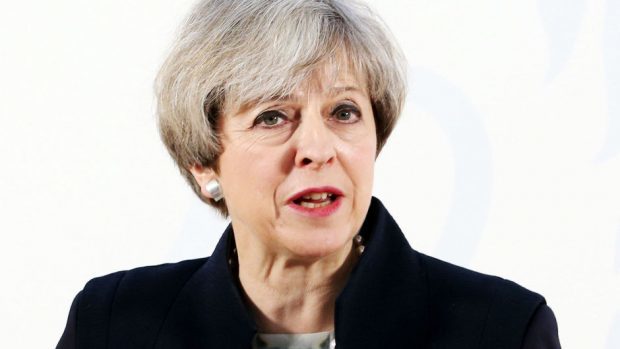As the dust settles on Nicola Sturgeon’s speech to the party faithful, it is difficult to escape the impression that last weekend’s SNP conference was a little low key.
Perhaps that is unsurprising given recent history. It cannot be easy to recreate the raucous and euphoric atmosphere surrounding the SNP gatherings immediately before and after the 2014 independence referendum.
In those heady days, the Yes movement was fired up by the prospect of the big vote and contrary to some expectations their enthusiasm survived the defeat. Activists were still energised by the party’s incredible result in the 2015 General Election which ended with the SNP taking 56 out of 59 Scottish seats.
Conferences were likened to rock concerts such was the adulation heaped on Ms Sturgeon and her colleagues as thousands joined the party.
Traditional conference venues such as the Eden Court Theatre in Inverness were no longer big enough and activists flocked to the SEC in Glasgow, one of the few places with the capacity to cope with the surge in support.
Since then the loss of seats at Theresa May’s 2017 snap General Election and the backlash against Ms Sturgeon’s decision to link another push for independence to the Brexit vote has dampened some of the ardour.
Make no mistake, the SNP remains a hugely effective and motivated political party. There were still hugely impressive numbers at the Edinburgh International Conference Centre at the weekend. But it was apparent that much of the razzamataz has gone.
That feeling was fuelled by some of the political challenges facing Ms Sturgeon and in particular the perennial problem of what currency should be used in an independent Scotland.
The divisions within the party on this issue were there for all to see in a currency debate that saw a rare defeat inflicted on the SNP leadership.
Having fought the 2014 referendum on the basis that an independent Scotland should keep the pound, the new plan involves ditching it and replacing it with a new Scottish currency.
The clamour from some activists for a quick transition to a separate currency saw a key part of Ms Sturgeon’s plan overturned by the party.
Setting up a new currency would be conditional on six stringent economic tests being met with a new Scottish central bank reporting annually on progress. The party narrowly rejected the annual central bank reports in favour of an approach that would see the new currency introduced as soon as practically possible.
The six economic tests remain, but the defeat showed that Ms Sturgeon no longer has the iron grip the SNP leadership once had on what was a formidably disciplined and unified party. Moreover, her plans to get rid of the pound have already taken a pasting from economists who warn of the negative impact they will have on mortgages, properties and pensions.
As ever Ms Sturgeon made sure there was plenty of indyref rhetoric in her speech in an attempt to quench the grassroots’ thirst for referendum action. But her promise to introduce referendum legislation at Holyrood sounded a little hollow given the UK Government’s repeated refusal to transfer the powers required to hold a vote.
Ms Sturgeon’s currency problem remains and she does not yet have enough support to be confident of actually winning an independence referendum.
But she hopes she can motivate her campaigners by persuading them that things can yet change dramatically, especially given the confusion engulfing Theresa May’s government and its botched handling of Brexit.
Could, for example, another snap Westminster election end up with an SNP tail wagging a Jeremy Corbyn dog by propping up a Labour Government in return for a referendum?
Which brings us to the chaotic nature of Westminster politics and the fate of Mrs May – topics that will top the agenda when the prime minister comes to Aberdeen at the end of the week for the Scottish Conservative conference.
If Ms Sturgeon thinks she has problems, spare a thought for Mrs May, a prime minister in office but not in power. At least the SNP leader is in charge of party that can unite around the general idea of Scottish independence. Mrs May doesn’t have that luxury. Her party’s great constitutional obsession – Europe – has fractured it almost beyond repair.
Mrs May will head to the north-east with yet more questions over her leadership. As luck would have it, her Aberdeen visit coincides with the results of the English local elections.
With the Tories bracing themselves for a hammering, more pressure will be piled on the beleaguered prime minister.
Brexit may have been postponed, but the difficulties remain. Mrs May cannot get her deal through parliament. An agreement with Labour on a customs union will infuriate hardline Tory Brexiteers. The future of the party is at stake.
Into this mess steps Ruth Davidson, fresh from maternity leave after giving birth to son Finn. Knowing the Scottish Tory leader, she will be ready to take on the indyref threat with enthusiasm. But this particular new mother must despair at the shenanigans in her own party as she contemplates her return to politics tomorrow.
Tom Peterkin is the Press and Journal’s political editor

